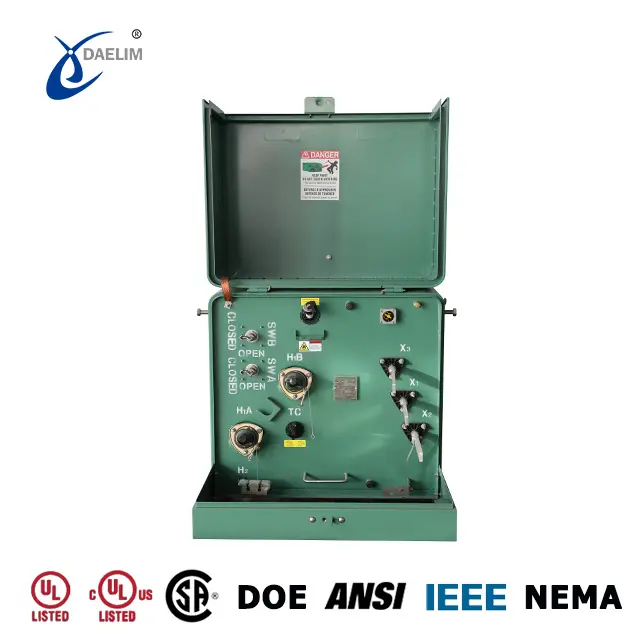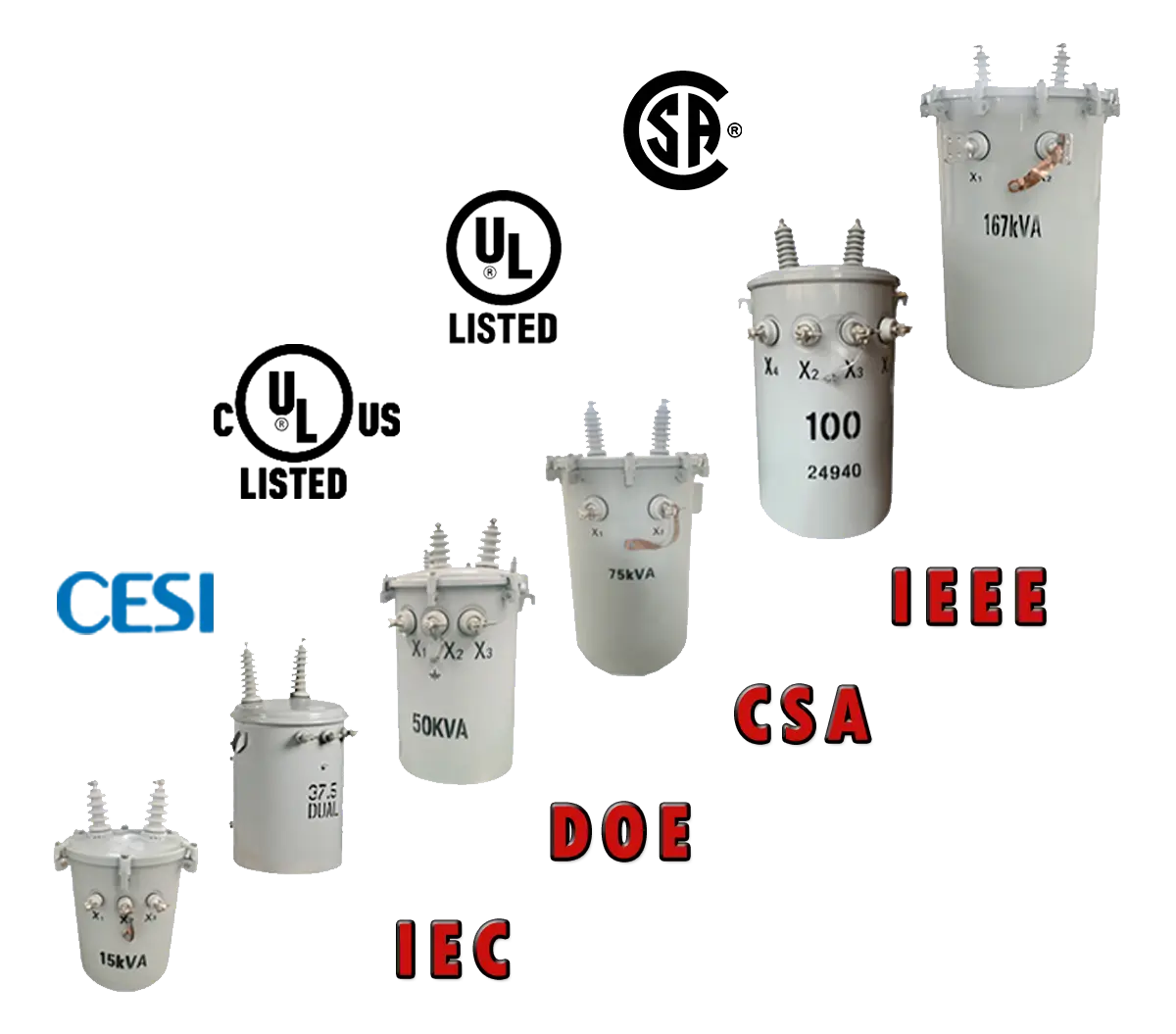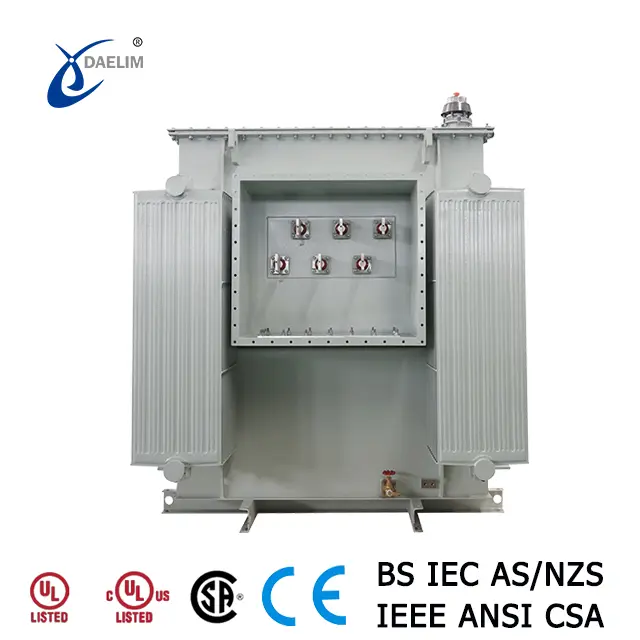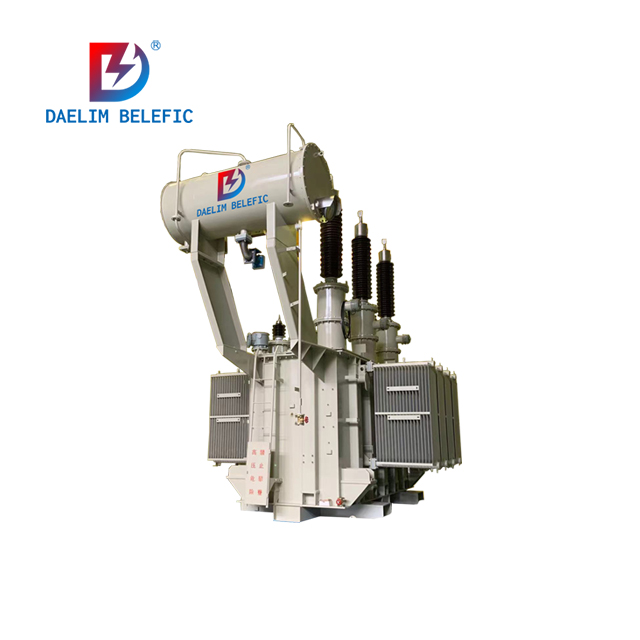Causes and Measures for Damage to Transformer Explosion-Proof Cylinder or Pressure Relief Valve Membrane
When the transformer is not breathing well, the air entering the top of the transformer oil pillow diaphragm will expand rapidly and increase pressure as the temperature rises. If the membrane is damaged, a large amount of transformer oil will be sprayed out. The main causes and measures are as follows:
Blocked Respirator
Cause: Excessive silicone or oil in the oil seal, or foreign matter in the pipeline.
Measure: Ensure silicone accounts for 2/3 of the respirator, and oil in the oil seal is 1/3. Check the pipeline by filling it with nitrogen.
Improper Tightening of Bolts
Cause: Bolts on the oil pillow membrane are too tight or the oil pillow flange is uneven during installation and maintenance; external force damage or accidental contact by personnel.
Measure: Replace the damaged membrane or oil pillow.
Internal Short Circuit
Cause: Generates a large amount of gas, usually accompanied by the action of the gas relay.
Measure: Take gas samples from the gas relay first. If it ignites, perform chromatographic analysis and electrical inspection on oil samples to determine the fault's nature. Do not put the transformer back into operation until the defect is eliminated.
Stuck Elastic Element Expander
Cause: The elastic element expander gets stuck.
Measure: Replace the expander or have it handled by the manufacturer.
Improper Oil Filling of Diaphragm Structure Oil Pillow
Cause: Improper oil filling during maintenance or installation, and failure to exhaust gas from the top of the oil pillow as required.
Measure: Fill the oil pillow with transformer oil during a power outage, then drain the oil to the appropriate level.
Blocked Capsule Structure Oil Pillow
Cause: The capsule blocks the pipeline connection between the oil pillow and the transformer body due to low oil level and other reasons.
Measure: Install a bracket at the pipeline connection to prevent the capsule from blocking the connection directly.
Related Products
Related Article
Why Does Dry-Type Transformer Make Noise?
Noise in dry-type transformers is mainly caused by poor-quality silicon steel sheets, uneven installation sites, and high grid voltage increasing the core's magnetic density.
What happens if the transformer is overloaded?
Transformer overload results in increased power consumption, causing higher operating temperatures, insulation aging, and shortened lifespan. It can also harm connected electrical equipment. To maintain optimal performance and longevity, load should not exceed 15% of rated capacity in summer and 30% in winter.
Why does the transformer explode?
Transformer explosions are typically caused by factors such as internal short circuits, improper use and maintenance, overload, aging, manufacturing defects, lightning strikes, and load short circuits. Choosing high-quality transformers from reputable suppliers is crucial to minimize these risks.
Why does transformer require a balanced winding?
A balanced winding in transformers minimizes voltage differences between windings, reducing losses, controlling output voltage, and ensuring reliable operation.
Why are there pebbles under the transformer?
Pebbles beneath transformers serve multiple purposes: preventing fires and containing oil leaks, guiding oil drainage for easy collection and treatment, filtering impurities, aiding in thermal regulation, enhancing insulation and safety, dampening vibrations, and inhibiting weed growth. Contact Daelim Transformer for further inquiries.
What are the common transformer faults?
Transformer faults include coil faults, core overheating, conductive loop overheating, bushing failures, on-load tap changer issues, cooler failures, oil cabinet breathing problems, and high-voltage reactor specific faults.






